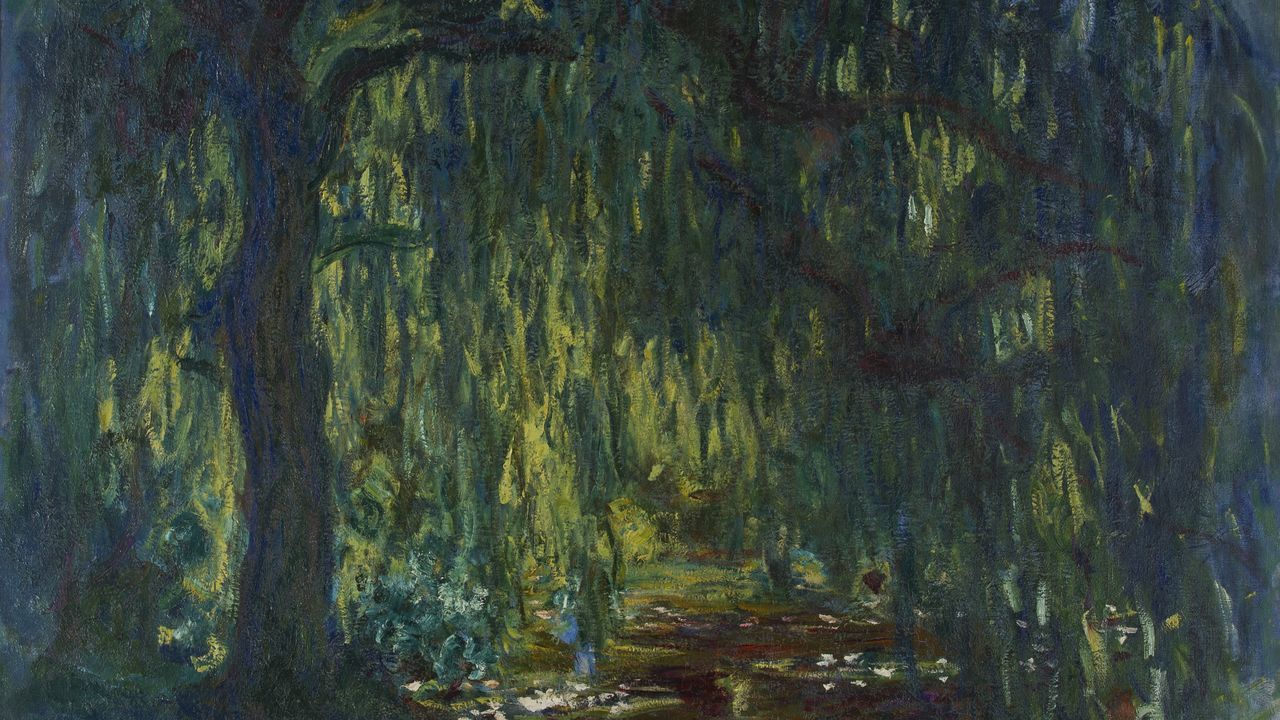Beethoven’s “Razumovsky” Cycle: String Quartet No. 9 in C Major, Op. 59, No. 3
In 1805, Count Andreas Razumovsky, the Russian ambassador to Vienna, commissioned Beethoven to write three string quartets. At the time, chamber music was often conceived for the entertainment of aristocratic amateurs. In contrast, Razumovsky’s commission would be premiered by the Schuppanzigh Quartet, a group of highly skilled musicians who formed what was likely the first professional string quartet. The result was groundbreaking music which moved the string quartet decisively into the concert hall. …




